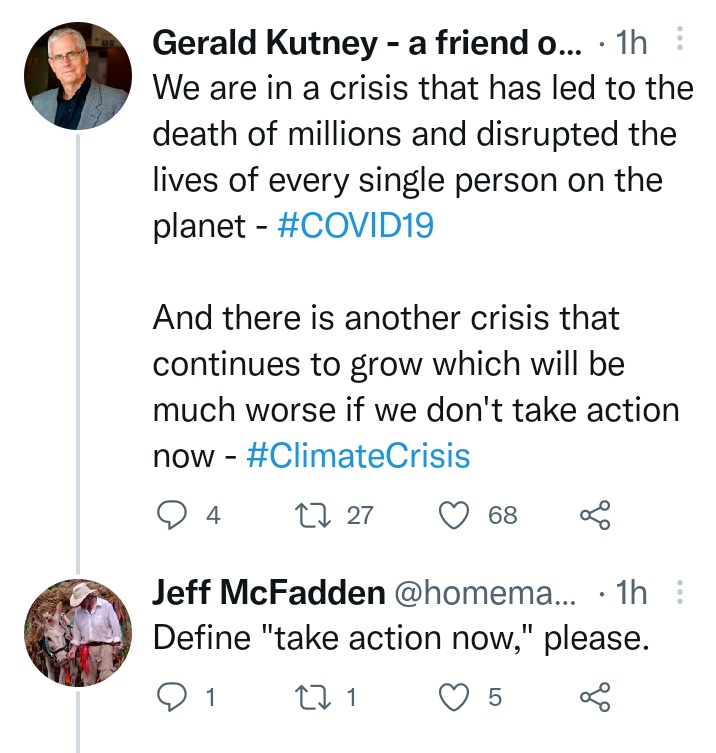
Observe the orange box, and the stripes into and out of it.
The orange box is electric generation. The stripes in are what powers it, and the stripes out are where the energy from it goes.
The biggest stripe, the light gray one, is the energy wasted ("rejected") by the process.
The orange box is electric generation. The stripes in are what powers it, and the stripes out are where the energy from it goes.
The biggest stripe, the light gray one, is the energy wasted ("rejected") by the process.

2. Now observe the largest pink box, the one at the bottom. Transportation. Observe the bands going into it from the left, which consists of, mostly, the dark green band, petroleum. And it's a big sucker.
Observe that the light gray output, wasted energy, is about 4 times as big,
Observe that the light gray output, wasted energy, is about 4 times as big,

3. As the dark gray band, "energy services," i.e. "What we wanted out of this process."
Now. Every day, often five to ten times per day, I see "electric vehicles" listed as "for the climate" to "reduce emissions."
Now. Every day, often five to ten times per day, I see "electric vehicles" listed as "for the climate" to "reduce emissions."

Notice that the orange box, electric generation, and the transportation pink box, have the highest relative amounts of energy rejection of all the boxes on the diagram.
The pink box marked "industrial" is next.
That's because these processes are all powered by "heat engines."
The pink box marked "industrial" is next.
That's because these processes are all powered by "heat engines."

5. Heat engines produce motion from heat, typically by burning fossil fuels but you can burn anything. You can also obtain heat from nuclear fission or fusion. All "nuclear power plants" use the same heat engine generators as coal or gas plants do, adapted for the different src.
6. Electric motors are considerably more efficient than heat engines, although, as I mentioned elsewhere, no energy driven process known to humankind is 100% energy efficient.
Heat engines have an absolute upper limit in the neighborhood of 50% efficient, but cars aren't close.
Heat engines have an absolute upper limit in the neighborhood of 50% efficient, but cars aren't close.
7. To not get too deep into the processes, cars waste energy by speeding up, slowing down, pushing air aside, starting, stopping, going up hills - it's an incredibly energy inefficient process, driving a car. And that's at best.
But back to the picture.
But back to the picture.

8. Observe, again, the orange box. Coming into it from the left are black, sky blue, and red bands - coal, natural gas, and nuclear fission.
There is a barely visible yellow line - solar - and a small purple one - wind. About equal to the purple is dark blue, hydro. Dams.
There is a barely visible yellow line - solar - and a small purple one - wind. About equal to the purple is dark blue, hydro. Dams.

9. Hydro is basically maxed out. There just aren't any more big rivers to dam up. We've already killed them all, may we rot in Hell for it.
Solar and wind are being built absolutely as fast as we can, and amount to a fly fart in a hurricane in the overall picture.
Solar and wind are being built absolutely as fast as we can, and amount to a fly fart in a hurricane in the overall picture.

10. In order to power transportation with electricity, we basically have to add, on the input side of the electric generation orange box, another band of energy input roughly equal to the petroleum, dark green, band currently powering transportation.
Energy has to come in to go.
Energy has to come in to go.

11. "But wait!" you say. "The new band into the orange box doesn't have to be as big as the green band powering transportation, because cars will have electric motors, which are more efficient than heat engines."
Well, yes, but...
Electricity is generated with heat engines.
Well, yes, but...
Electricity is generated with heat engines.

12. Electric generating plants are moderately more efficient than cars - they run at a constant speed, against a less variable load, than cars, so they can be somewhat more efficient.
But they're still heat engines. Carnot's theorem and all that. en.m.wikipedia.org/wiki/Heat_engi…
But they're still heat engines. Carnot's theorem and all that. en.m.wikipedia.org/wiki/Heat_engi…
13. The theory, based on nothing happening in the real world, is that by the time we have all our cars electric-fied, we'll have converted that fly fart of renewable electricity to solar. Joe Biden said so.
And we can all charge our electric cars while the sun don't shine.
And we can all charge our electric cars while the sun don't shine.
14. Or, better for the climate, we could just stick them where the sun don't shine and be done with it.
Because it ain't gonna work.
Because it ain't gonna work.
PS. Energy diagram courtesy of Lawrence Livermore National Lab.
• • •
Missing some Tweet in this thread? You can try to
force a refresh







